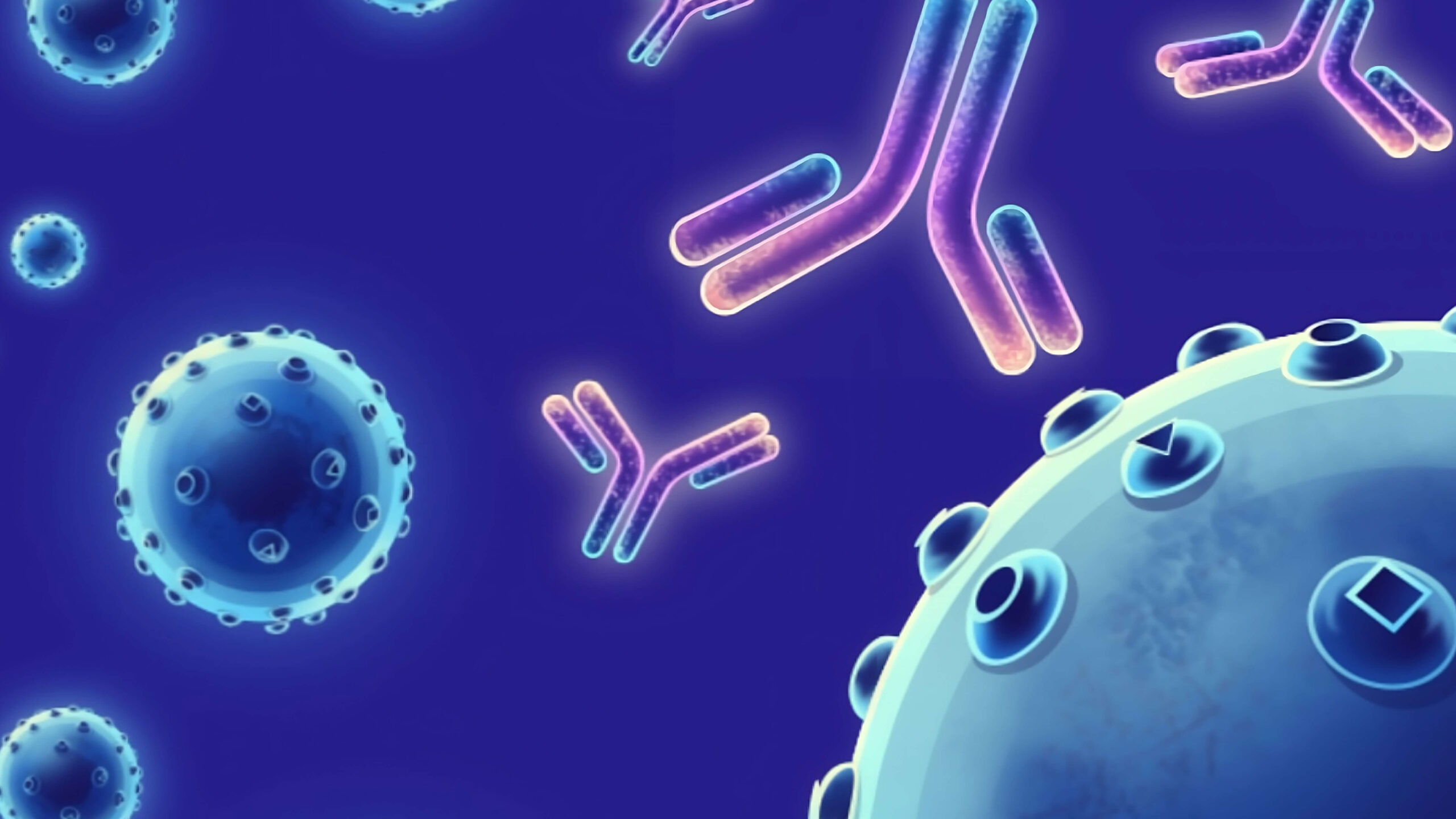Description
The cluster of differentiation (CD) system is commonly used as cell markers in immunophenotyping. Different kinds of cells in the immune system can be identified through the surface CD molecules associating with the immune function of the cell. There are more than 320 CD unique clusters and subclusters have been identified. Some of the CD molecules serve as receptors or ligands important to the cell through initiating a signal cascade which then alter the behavior of the cell. Some CD proteins do not take part in cell signal process but have other functions such as cell adhesion. CD157, also known as ADP-ribosyl cyclase 2, is an ectoenzyme sharing several characteristics with ADP-ribosyl cyclase CD38. CD157 was originally identified as a bone marrow stromal cell molecule (BST-1) with a glycosylphosphatidylinositol (GPI) anchor to bind to the cell surface. CD157 is prevalently expressed by cells of the myeloid lineage. CD157 could act as a receptor with signal transduction capability. Further, it regulates calcium homeostasis and promotes polarization in neutrophils and mediates superoxide (O2−) production in the human U937 myeloid line.
Target
BST1
Target Alias Names
114/A10, A530073F09, BP-3, Bp3, Bsta1, CD157, Ly65
Isotype/Mimetic
Rabbit IgG
Animal-Derived Biomaterials Used
No
Sequence Available
No
Original Discovery Method
Phage display technology
Antibody/Binder Origins
Animal-dependent discovery (in vitro display, OR immunisation pre-2020), In vitro recombinant expression

